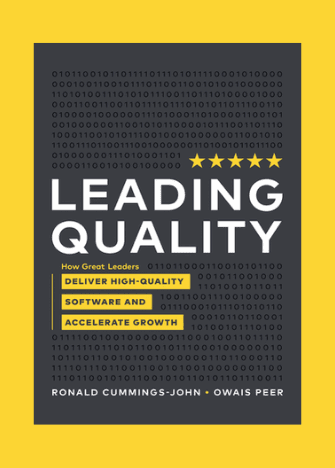Irtaza has been testing with us for over two and a half years and he is sharing his insights into reproducibility testing via this article.
Software reproducibility testing is a critical aspect of software development and maintenance. It ensures that software is reliable, consistent, and predictable and that it can be easily replicated and verified by others. In this article, I will provide a complete guide to software reproducibility testing, including its importance, best practices, and process.
The importance of software reproducibility testing cannot be overstated. It is essential for scientific research, as it allows researchers to validate and replicate results, and it is critical for software development, as it ensures that software is consistent and reliable. Additionally, reproducibility testing can help identify and prevent errors, improve software quality, and reduce development time.
Additionally, reproducibility testing can help ensure that software is dependable and compatible across different environments and platforms, by testing it in various environments, including different operating systems, hardware, and configurations.
Reproducibility testing also helps to increase transparency and trust in the software development process by providing a way to verify and replicate results and identify and fix errors before they become a problem.
To achieve reproducibility, it is essential to follow best practices for software development, such as using version control systems, documenting code and data, and providing clear and detailed instructions for how to replicate results.
Some of the best practices for software reproducibility testing include:
Use version control systems to track changes to code and data.
Document all code and data, including instructions for how to replicate results.
Use test automation frameworks to automate testing and ensure consistent results.
Use continuous integration to automatically build and test code changes.
Use configuration management systems to manage dependencies and environments.
There are several tools available that can help with software reproducibility testing. Some of the most popular include:
Git: A popular version control system that allows developers to track changes to code and data.
Jupyter Notebook: A web-based interactive environment that allows developers to document code and data, including instructions for how to replicate results.
Selenium: An open-source test automation framework that can be used to automate web browsers.
Jenkins: An open-source continuous integration tool that can be used to automatically build and test code changes.
Ansible: An open-source configuration management tool that can be used to manage dependencies and environments.
In conclusion, software reproducibility testing is essential for ensuring software is reliable, consistent, and predictable, and that it can be easily replicated and verified by others. By following best practices, such as using version control systems and documenting code and data, and using tools that support reproducibility, such as test automation frameworks and configuration management systems, developers can improve software quality and reduce development time.
Performing reproducibility testing for TesterWork involves several steps, including setting up the testing environment, running the tests, and evaluating the results.
Setting up the testing environment: The first step is to set up the testing environment, which includes installing the software provided by Tester Work and any dependencies and configuring the test environment to match the production environment.
Running the tests: Once the testing environment is set up, the next step is to run the tests. TesterWork allows you to create and run automated tests, which can be used to test the functionality and performance of your software.
Evaluating the results: After the tests have been run, the results need to be evaluated. This includes analyzing the test results, identifying any errors or discrepancies, and comparing the results to the expected outcomes.
Documenting the test: It is also important to document the test, including the steps taken, the results obtained, and any issues encountered. This documentation will be useful in the future when reproducing the test.
Repeat the process: It is important to repeat the process multiple times to ensure that the results are consistent and reliable.
Reporting any issues: If the issues are reproducible during the testing process, they should be submitted to Tester Work immediately to ensure that the software is reliable and consistent.
This article is the sole responsibility of the author. By submitting their work to our blog, authors affirm that the content is original and does not violate any copyrights or intellectual property rights of third parties.







